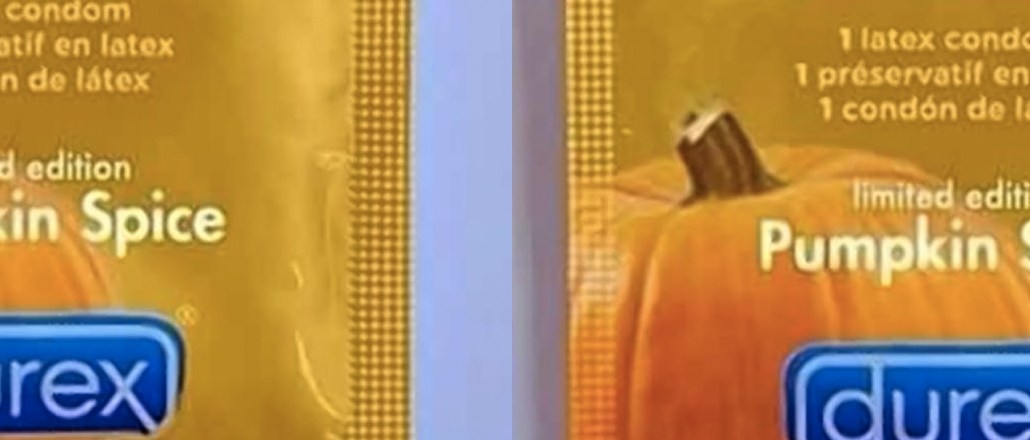
Today’s Web economics has created the perfect environment for the proliferation fake news. A story like last fall’s whopper about a woman with three breasts can get shared by thousands of people — and even get picked up by multiple high-profile news outlets — before being debunked.
“There were a lot people who wrote about it as if it were true and just didn’t follow up,” said Craig Silverman, a fellow at Columbia University’s Tow Center and founder of Emergent, a site that tracks the spread of rumors and fake news stories. “It represents everything that’s bad about the hit-and-run mentality that publishers have today.”
Silverman’s the brain behind “The Verification Handbook,” a 120-page book that depressingly details how even the most reputable news sites fall for fake stories, and, more recently, “Lies, Damned Lies and Viral Content“, which examines the challenges of debunking fake content. As the guidebook illustrates in one example, it’s easy for a reporter to get tricked by images of sharks swimming through Hurricane Sandy-flooded streets if they don’t take the time to verify them.
Silverman spoke to Digiday about how the proliferation of fake news is wrapped up in the economics of digital publishing, how Facebook is helping to turn things around, and why readers aren’t as culpable as you think.
A lot of publishers fell for a fake Pumpkin-spiced condom story last year, but it was harmless gag. A lot of these hoaxes are. What’s wrong with having a little fun?
There are some fake stories that are actually kind of funny, but there are others, as with Ebola, that actually stroke fears or cause panic. There’s very clearly a line that’s being crossed.
Fake news seems like the epitome of a modern publishing problem. Everyone aggregates and is chasing traffic. Facebook fuels it. Is it just a part of business these days?
Most of the incentives inside digital newsrooms are oriented toward jumping on stories quickly, writing them up fast — not spending time to look at things more closely. They want to get things up and out as quickly as possible to capture whatever traffic opportunity there is in those early few minutes.
Can you argue that the upside of jumping on the news is bigger than the downside of being wrong? You don’t have to give the pageviews back.
Right. I was at an event in New York City recently and a woman said she was on the hook for writing six to eight stories day. There’s no way you can actually report that many stories. If you’re a publisher asking for eight posts a day, this is what you’re going to get.
Some publishers want to turn it around. Gawker said it’s giving up on playing the BuzzFeed viral traffic game.
Max Read said Gawker doesn’t want to push “the garbage viral content” out there. They also want find new angles on stories, and do more reporting, which pays off differently than through the traffic numbers. Is Gawker a harbinger of things to come? I don’t know, but hopefully that’s the case.
What’s clear from the data is that the fake news stories often spread further than the ones debunking them. Do you find that depressing?
Everything about the report is depressing.

But not so depressing that you just give up on trying to fix it.
For me, there’s a huge opportunity in figuring out how to be fast and at the same time more responsible to create things that are interesting and generate traffic. There’s a balance.
Who do you blame: the publishers for not verifying, Facebook for letting fake stuff spread, or the readers for being so gullible?
There’s shared blame and shared responsibility. I don’t know that you can blame the readers very much. In most cases, they’re clearly being manipulated. Is that really their fault? Really, there’s a mixture of the economic environment, the platforms being used and basic human behavior.
Facebook said it was going to fix the hoax problem in January. Is it making a difference?
Anecdotally, I haven’t seen a big fake-news hit since Facebook announced the changes. There was one last week about a priest who came back after being declared clinically dead. That got 30,000 or 40,000 shares, but I haven’t seen any big stories breaking into the six figures. That’s encouraging.
Are you hopeful, then?
The hope is that publishers see the diminishing returns of programmatic and decline of CPMs and go a different route. They’re going to see that there are big dominant sites that own the strategy they’ve been chasing, so they’re going to have to find other options. That’s what gives me hope. Strategically and financially, people are just going to have to figure out what the next thing is.
More in Media

What publishers are wishing for this holiday season: End AI scraping and determine AI-powered audience value
Publishers want a fair, structured, regulated AI environment and they also want to define what the next decade of audience metrics looks like.

Media giant Essence launches a marketplace for Black women-led brands
Essence has launched WeLoveUs.shop, a new online marketplace dedicated to Black women-led brands.

In Graphic Detail: The state of AI referral traffic in 2025
The stats reveal a new audience pipeline forming outside of traditional search and social platforms.





